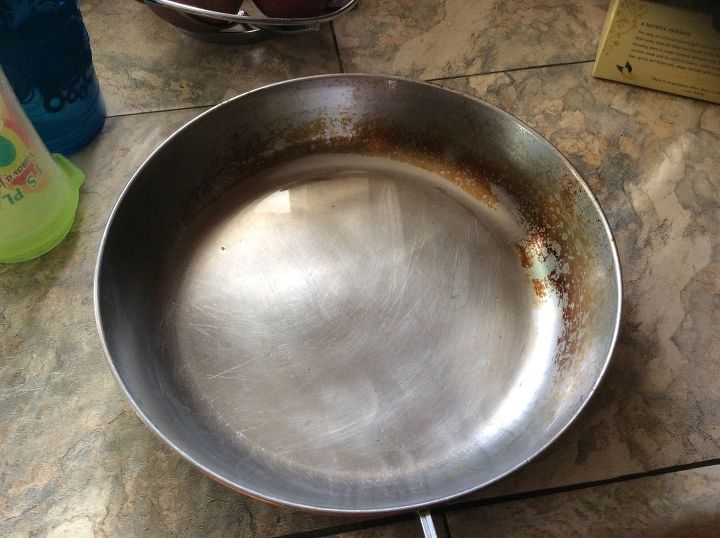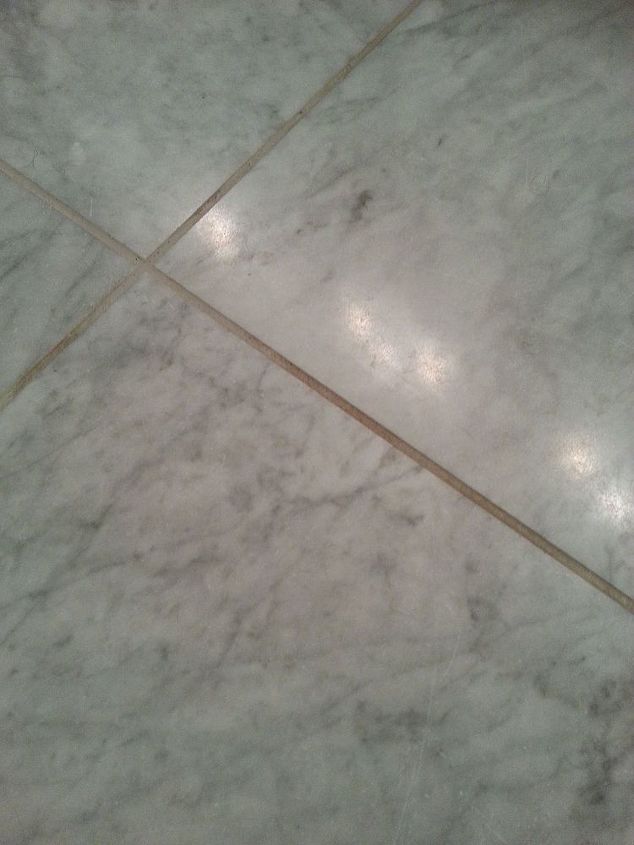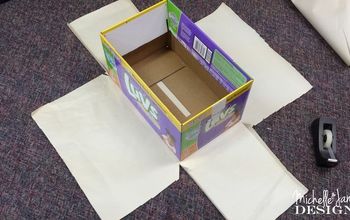How do I clean grout after using clorox?
Related Discussions
How to clean a mirror without streaks?
Every time I clean my mirrors, they end up having tons of streaks and almost look worse than before I started. What could I use to clean them that won't leave streaks... See more
How to clean burns on stainless steel pans?
Help! I burned my pan. How do I clean stainless steel cookware that's been burned?
How to clean shower doors
How to clean glass shower doors
How to clean hardwood floors in the kitchen?
What is the best way to clean hardwood floors in the kitchen?
How to clean my kitchen cabinets from grease?
My kitchen cabinets are embarrassingly greasy. Please share your degreasing tips with me so I don't have to cringe every time I glance at my cabinets.
What do you use to clean grout on a honed marble floor?
I have a honed Carrera marble floor in my master bath. Every product I have tried etches the marble (if it works at all) or the grout looks just the same after scrubb... See more



First use vinegar instead of clorox. According to conventional wisdom, bleach kills mold growth. However, bleach just kills the mold on the surface without affecting the membrane underneath. You need to kill and remove this underlying membrane to effectively remove the mold growth. Bleach cleaners cannot kill this membrane because its chemical structure prevents it from penetrating porous surfaces. Therefore, the mold membranes can move deeper into the affected surface to hide from the bleach.
Another problem with using bleach is that it can actually multiply the mold growth. Mold can use bleach as a food source once it has been exposed which will cause the mold to grow back faster. Even the EPA advises against using bleach for removing mold. Fortunately, there is another household item that can kill mold.
Use a tooth brush with any dish detergent and vinegar mixed in a cup.
Membrane???? Bleach cleans mold. Vinegar kills mold spores. Mold does not feed on bleach.
https://www.hometalk.com/search/posts?filter=clean%20grout